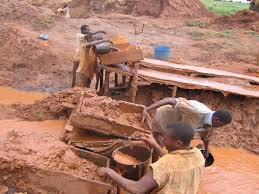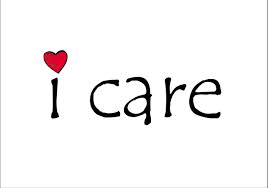LOCAL MINING AND THE ENVIRONMENT

The enormous task of fighting poverty and earning a source of livelihood has driven many rural dwellers into local mining. The process of local mining is one whereby precious stones and other mineral deposits are brought/dugged out by untrained rural dwellers. This method of mining does not take cognisance of all the safety measures that are needed to be in place for such vocation and also does not recognise the negative environmental hazards that this will cause the rural populace. Although this industry has the potential of reducing poverty through income and employment generation, the use of primitive methods of mining constantly contributes its toll to the degradation of our environment. http://www.ajol.info/index.php/jorind/article/view/42333 Regrettably, while the government spends lots of money on importing these precious stones and mineral deposits, lots of these rural dwellers can be trained and equipped in harnessing this profession as they have chosen it so that o


